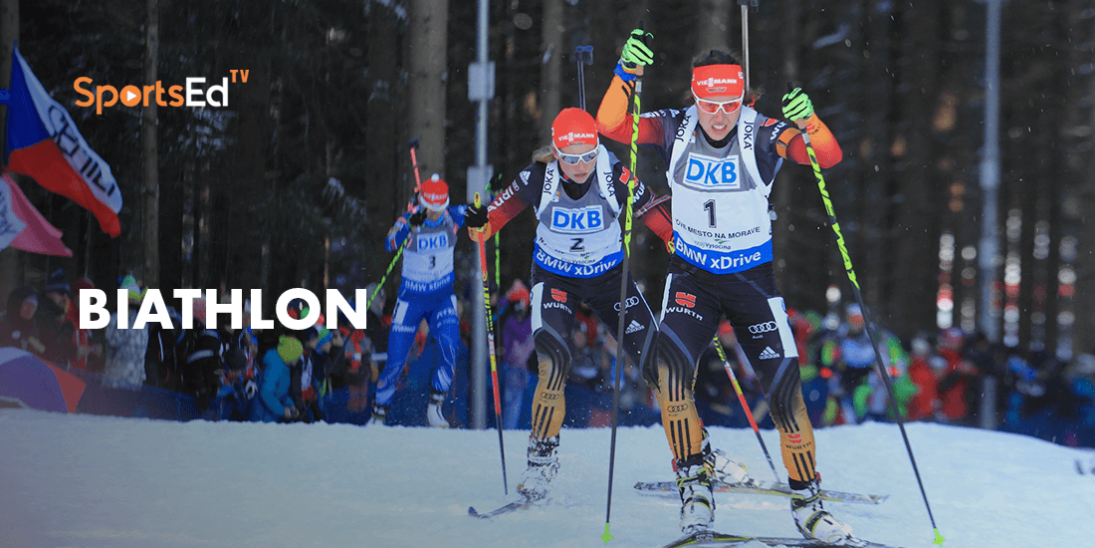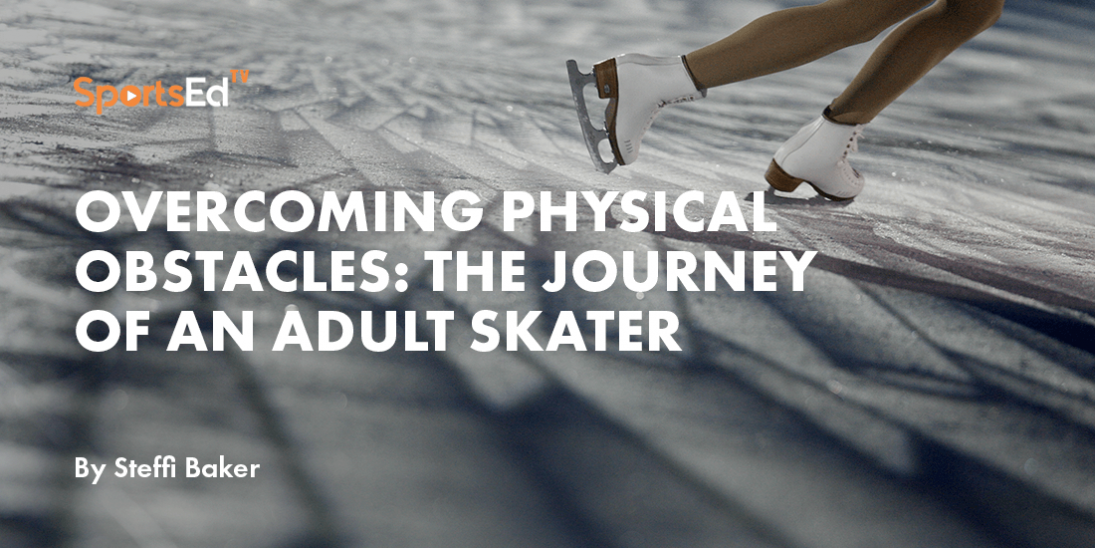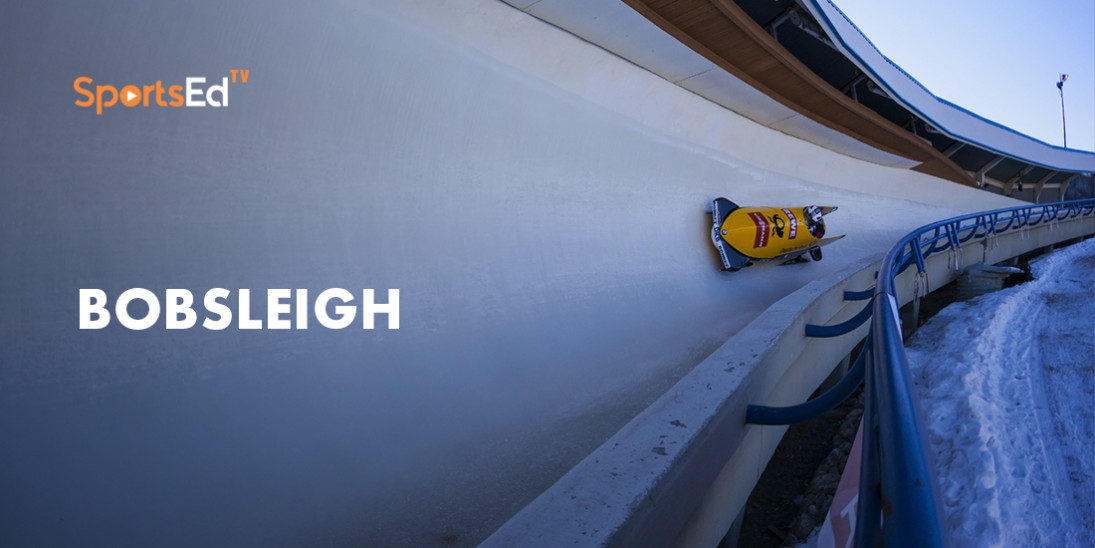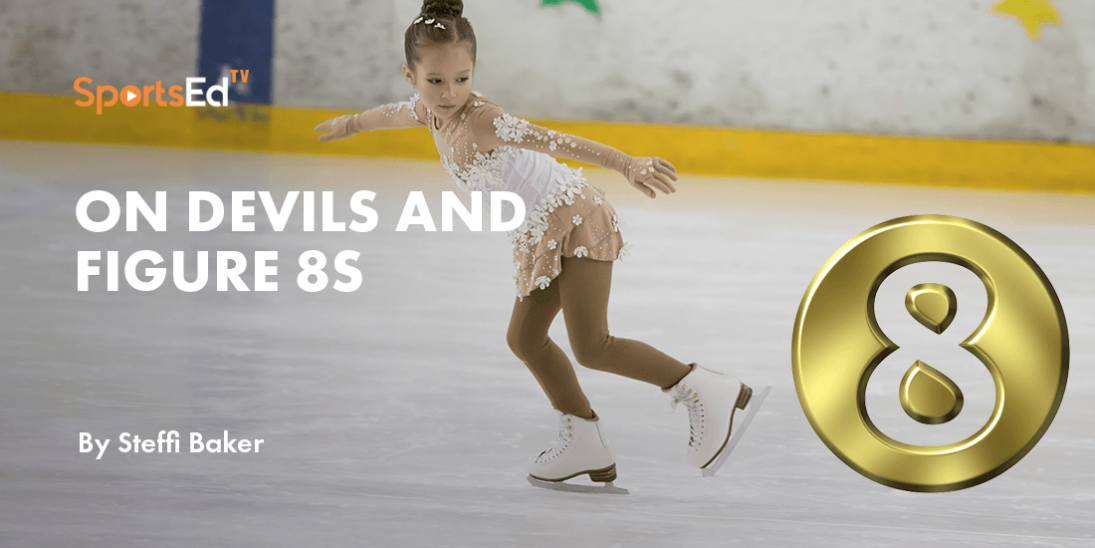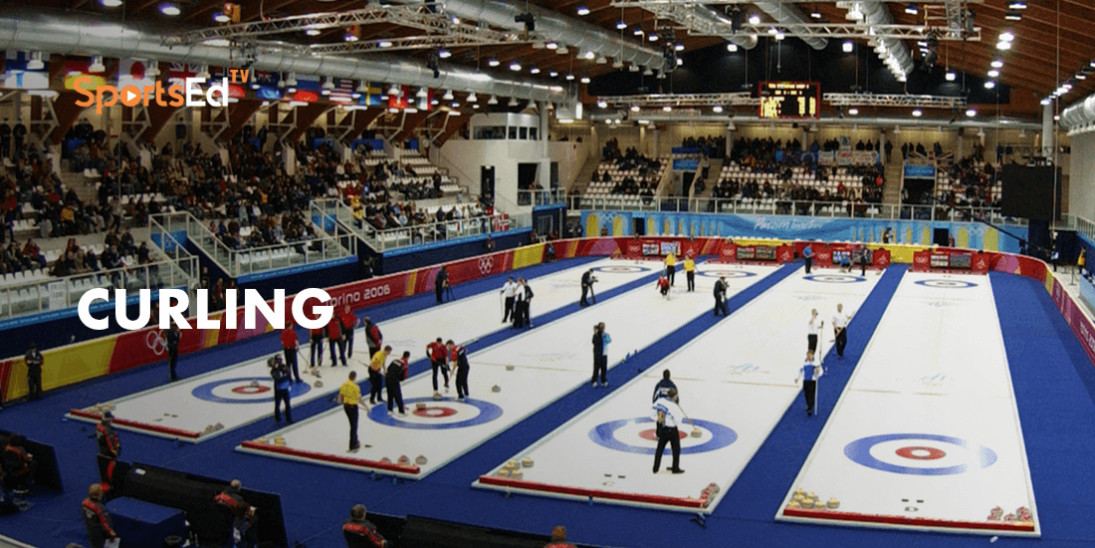Winter Sports
Welcome and thanks for visiting...

Basics of Skeleton Competition
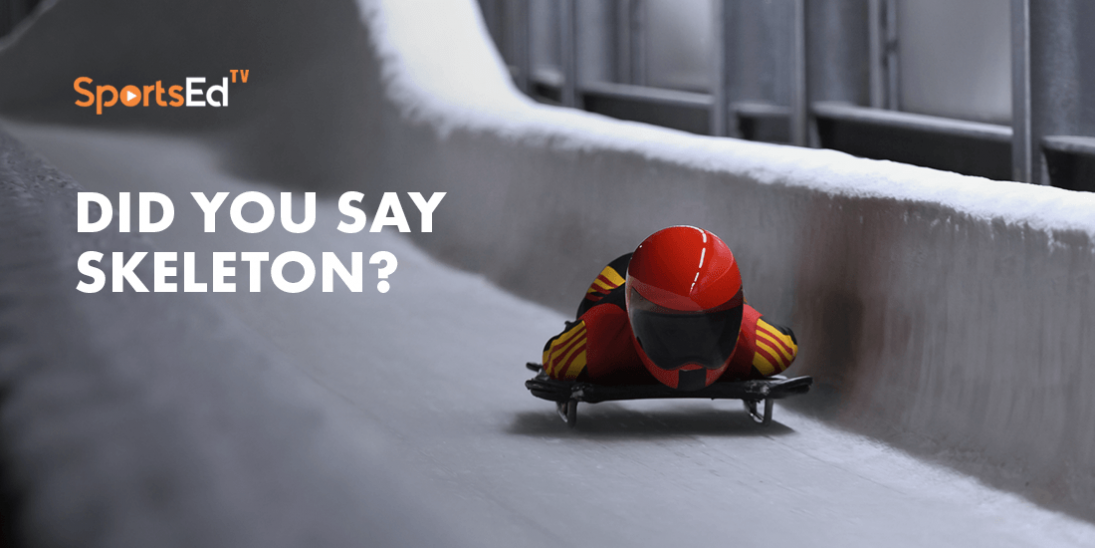
In an Olympic Skeleton competition, an athlete's head is just five centimeters off the ice track and sleds reach speeds of up to 140 kilometers per hour. The skeleton is a thrilling spectacle of the Olympic Winter Games, and it's over in less than a minute.
Both men and women compete in individual events. Each competitor completes four runs and the athlete with the lowest combined time wins. A skeleton sled has no steering mechanism to change direction.
Athletes shift their body weight onto the center of gravity and flex the board slightly. The start requires both a fast sprint and excellent technique. An athlete begins by crouching, holding onto their sled. They accelerate out of the starting block, running as fast as possible for the first 30 meters before boarding the sled with a forward diving motion.
Once the athlete is settled into the race position, acceleration is determined by gravity, wind resistance, and frictional contact between the ice and the sled slider system. Maintaining control is critical, so the athlete must stay as still and relaxed as possible when they're not using parts of their body to steer the sled. The athlete makes subtle adjustments with their shoulders and knees to place a force to the appropriate location on the sled.
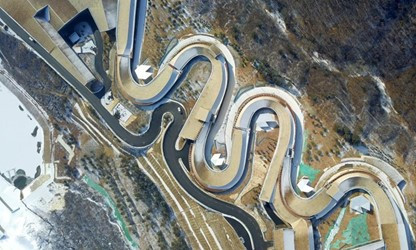
National Sliding Center in Yanqing District, Beijing
Corners are where skeleton racing is the most physically demanding. Athletes travel through corners at speeds reaching 135 kilometers per hour, feeling the effect of gravitational forces of up to five G's. These gravitational forces try to push the sled as high as possible on the bends. But going too high wastes energy. So an athlete must try and control the sled, keeping it as low as possible to utilize the momentum in the turn to slingshot out at the optimal angle for entering the next turn.
Fighting these forces is tough on the neck muscles, and the vibrations and impact leave the rest of the body aching and an athlete’s psyche drained.

